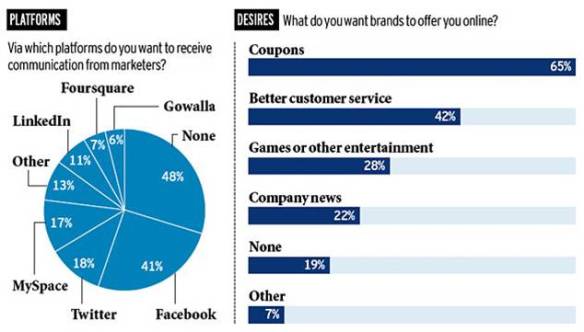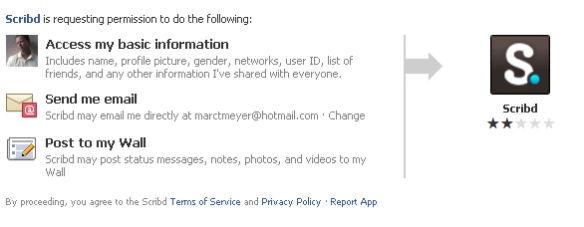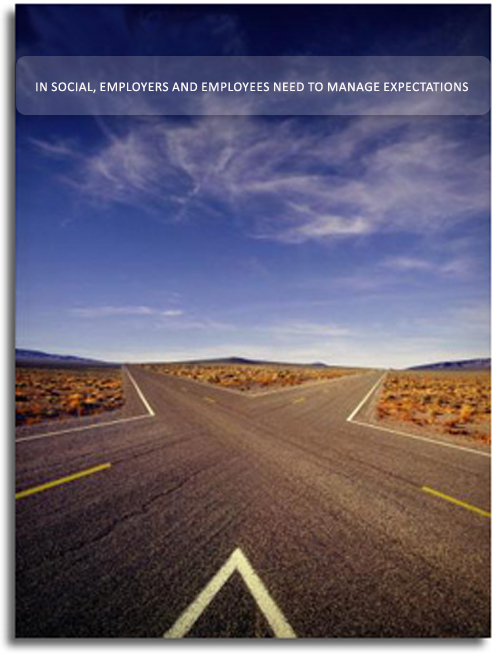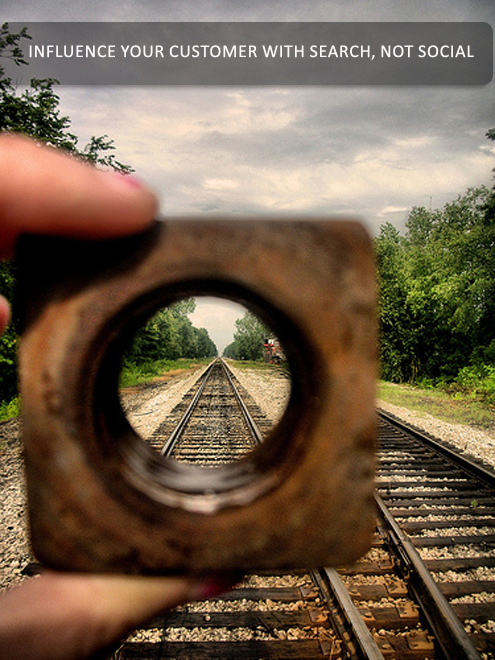
In doing some recent research and “listening” to the voice of the customer lately on behalf of clients, it dawned on me that we really don’t talk much about the “voice of the employee”. Sure we talk about employee empowerment and internal ideation at some cool sexy companies that are doing “that”, but for most, the employee doesn’t get the type of play that it deserves. Up to now, we really haven’t given it an official name. For now on, I’m going to call it Voice of the “social” Employee.
For some organizations they will stress how important the employee is and then do nothing about it-call it lip service, while others actually put their money where their mouth is. However, if companies were all about their employees, why would 84%% of all employees in the workforce be looking for a job right in 2011? Yes, part of that is attributed to an economy on the rebound but the other part of that equation has to be linked to factors such as genuine dissatisfaction.
For some of the dissatisfied, it just might not be a good fit and that happens, but what of the 84% who feel that the organization just doesn’t care about them? How do you change that as a C level executive? Does any amount of internal collaborative software or initiatives bolster the morale of a disenfranchised employee? Can an internal socially powered ideation platform or network empower and propel an employee into massive production and an upbeat morale?
Does social media offer the panacea to an employee who feels that he is not being paid what he is worth? Does social give a voice to the employee who isn’t happy? Does social soften the feelings of the employee who thinks that the company doesn’t care about them? Depends on whether they choose to voice that attitude in front of or behind the firewall. Right? In general, dissatisfaction voiced in front of the firewall results in a quick exit strategy-which is where most of today’s “social employees” reside.
Social media can do a lot of things especially in the worlds of awareness, HR, sales, marketing, PR and communication but it may not help when it comes to the employee who feels that they are not getting anywhere. Consider the following three very general examples:
- Sure, it’s great for sourcing new ideas but what happens when Betty in accounting can’t stand Fred in the cubicle next to her and Fred stalks her in all of her social networks both internally and externally? Does Betty complain openly on Facebook?
- How does social enable Juan in shipping who busts his ass and yet no one notices because he’s so quiet and chooses not to use that hot new internal platform? How can a company leverage that through an internal social platform?
- Roger in sales has devised a great way to save the company money but it involves using social media and might eliminate some positions-should he do it?
The voice of the employee is 10 times different than the voice of the customer. It’s layered in nuance, context and politics. You can’t serve the voice of the customer until you address the voice of the employee first.
We want our employees to be more social internally and to create bonds and ties and networks-but employees need to see the value to them and not necessarily to the company. There is the intrinsic value of participation for participation sake and of course there is the mandate of participation-but aren’t those basically disingenuous? What type of quality of participation can we actually expect?
One could say that the best way to motivate would be to incentivize. And in a way Zynga struck a nerve when it realized that social network growth and app saturation could be wrapped around and tied to gaming-people like to be challenged, they like to be entertained and they like to be rewarded. Taken a step further if you were to look at Gowalla and Foursquare, and why they are/were successful-it’s based on the notion of a reward system-earning badges for “checking in”.
But I digress with this parting question. How can we empower, reward and engage our employees to higher levels using some of the basic success tenets of social media? We’re asking the backbone of our organizations to utilize social networks and tools to engage the customer and give the customer a voice but in the same breath we may be taking it away from our employees. We may be unknowingly muting and muzzling our employees for the sake of the customer and creating an opportunity for them to take “it” outside of the firewall.











